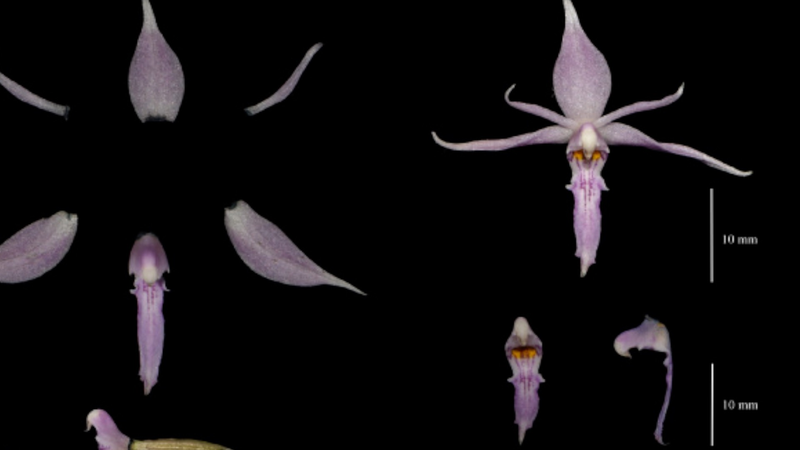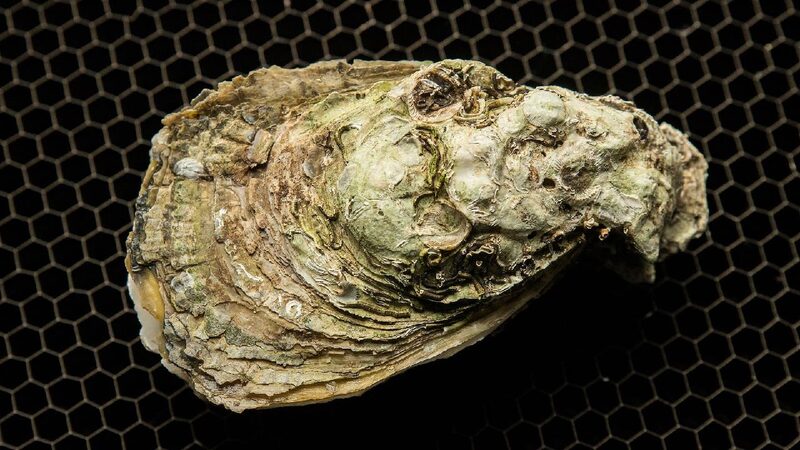China’s scientists have made astonishing discoveries in 2024, adding fascinating new species to our planet’s biodiversity. Among the 190 new species identified, three stand out for their unique features and the stories behind their discovery.
A New Armored Dinosaur: Datai yingliangis
In the eastern province of Jiangxi, fossils of a new armored dinosaur species named Datai yingliangis have been unearthed. The two specimens, each measuring between 3.5 to 4 meters in length, were subadults and showcased signature horns on their cheeks. According to Xing Lida, an associate professor at China University of Geosciences in Beijing, this discovery provides significant insights into the Ankylosaurine dinosaurs of the Late Cretaceous period.
Interestingly, the two dinosaurs were found stacked on top of each other, suggesting they may have been rapidly buried by sand deposits. This peculiar positioning hints at possible social behavior among ankylosaurs, adding another layer of mystery to these ancient creatures.
The Bright-Necked Snake: Achalinus nanshanensis
In the lush landscapes of Hunan Province, scientists have identified a new snake species featuring a vibrant yellow neck collar. Named Achalinus nanshanensis, this snake belongs to the odd-scaled snakes genus, known for their iridescent scales that shimmer under light. Found only in the counties of Chengbu and Tongdao, this earthworm-eating serpent adds to the diversity of species unique to central China.
“The Achalinus species are fascinating due to their secretive, cave-dwelling lifestyles and distinctive scales,” said Professor Mo Xiaoyang of Hunan Normal University. This discovery brings the total number of identified Achalinus species worldwide to 28.
A New Vampire Squid Emerges
Diving into the depths of the ocean, Chinese researchers have identified a new species of vampire squid, only the second known to science. The species, named Vampyroteuthis pseudoinfernalis, inhabits the deep, low-oxygen waters of the Pacific, Indian, and Atlantic oceans, typically between 600 and 900 meters below the surface.
Despite its ominous name, the vampire squid doesn’t suck blood. Instead, it earned its name from its dark coloration, large blue eyes, and the cloak-like webbing connecting its arms, giving it a mysterious appearance. This discovery sheds light on the biodiversity that exists in the ocean’s twilight zones.
From ancient armored dinosaurs to elusive deep-sea creatures, China’s latest discoveries highlight the endless wonders of the natural world, inspiring new generations to explore and protect our planet’s rich biodiversity.
Reference(s):
cgtn.com








